Welcome to Part Three of the Green Tea Science series! This article will answer 25 commonly asked questions about green tea and caffeine. We're going to cover important topics relating to caffeine and green tea, including how much green tea contains caffeine and much more.
Everything You Need to Know About Green Tea and Caffeine
If you have not yet read the first two posts in this series, you can find them here:
Part 1: Polyphenols, Catechines and EGCG
Part 2: Tannin, Gallic Acid
PART 3: CAFFEINE – EVERYTHING YOU NEED TO KNOW (AND MORE) ABOUT CAFFEINE AND GREEN TEA
- What is caffeine?
- Why does green tea have caffeine?
- Is the caffeine in green tea good or bad?
- How long does green tea caffeine last?
- Does caffeine in green tea help individuals lose weight?
- Does green tea without caffeine help with losing weight?
- How are caffeine levels being tested in tea?
- How much caffeine is in green tea?
- What determines a lower or higher caffeine levels on green tea?
- Is there green tea that is caffeine-free?
- How to make green tea caffeine-free?
- Is decaffeinated green tea as good as regular green tea?
- As part of decaffeination, does any other element gets lost?
- Which type of green tea has the most caffeine?
- Compared to other tea, how much caffeine is in green tea?
- Compared to coffee how much caffeine is in green tea?
- What are the differences between drip coffee, espresso, and green tea in terms of caffeine?
- What things can you take in combination with caffeine in tea to increase the effects of caffeine?
- Compared to coke, how much caffeine is in green tea?
- Compared to chocolate, how much caffeine is found in green tea?
- Where can I find low caffeine Japanese green tea?
- Where can I find high caffeine Japanese green tea?
- Is there naturally decaffeinated tea?
- Is it true that taking a vitamin with green tea is not recommended?
- Which Japanese Tea has low caffeine?

1. What is Caffeine?
According to the National Library of Medicine, caffeine is a plant product that acts as a central nervous system stimulant. It can be found in plants grown in the wild. However, it can also be artificially created in a lab.
As a central nervous system stimulant, caffeine affects our brains and our metabolism. It can increase our alertness while simultaneously increasing agitation. Caffeine has several other side effects, including increased energy, increased blood pressure, increased urination, and heartburn. Too much caffeine can have additional side effects, such as dehydration, anxiety, dizziness, and headaches.
Despite these side effects, caffeine is regularly used by many people. When it is removed from plants, caffeine is a bitter, white, crystalline powder. When it hasn't been isolated or created in a lab, caffeine is a biochemical that occurs in plants such as green tea.
2. Why does Green Tea have Caffeine?
Like many teas, green tea contains caffeine. Caffeine is found in nearly sixty plants, including tea bushes that produce green tea.
However, the science behind the creation of caffeine in plants is complicated.
Scientists who study plants have found that caffeine, including the caffeine found in green tea, helps plants kill or harm bugs that want to eat the tea leaves. Caffeine also helps plants outperform their neighbors and spread quickly.
Additionally, the amount of caffeine in a green tea plant before it's harvested depends on where it is grown, the soil quality, and how much sunlight it receives.
3. Is the Caffeine in Green Tea Good or Bad?
Caffeine occurs naturally in green tea. As a result, green tea has both positive and negative side effects associated with caffeine. Green tea increases mental alertness, which is usually considered a positive side effect.
However, there are side effects to consuming too much caffeine and, therefore, green tea. Unless it is decaffeinated, drinking too much green tea can lead to shaking, jitters, difficulty sleeping, and headaches.
The Mayo Clinic found that an eight-ounce serving of green tea typically contains between 25 and 29 milligrams of caffeine. They also point out that the amount of caffeine can be affected by the tea's origin, how it was processed, how it was prepared, and how long the tea was brewed. The Mayo Clinic also suggests consuming less than 400 milligrams of caffeine a day is usually safe for healthy adults (400 milligrams is about 16 cups of green tea).
Green tea contains another element called L-theanine (an amino acid). The combination of caffeine and L-theanine increases the ability to concentrate and provides a calming effect rather than a stimulant high. Studies have shown that green tea's combination of caffeine and L-theanine is potent in improving a person's brain function. L-theanine reduces nervousness as well.
(Learn more about green tea and if it has a calming effect in this post.)
4. How Long Does Green Tea Caffeine Last?
Caffeine reaches its maximum effectiveness one hour after it is consumed. After this, the effects gradually wear away.
It is important to note that an individual may still feel the effects of caffeine for up to six hours after it is consumed. This is true for the caffeine found in green tea.
Med-Health shares that caffeine has a half-life of five hours. This means that after drinking a cup of tea, small levels of caffeine will remain in the body for up to ten hours. How long caffeine remains in the body can be influenced by disease, medications, age, and pregnancy.
5. Can Green Tea Help with Losing Weight?
Green tea has many effects on human metabolism. When unsweetened green tea is used as a substitution for beverages with higher calorie content, such as sodas or fruit drinks, the resulting decrease in caloric intake can assist in weight loss. In other words, drinking green tea can help a person consume fewer calories.
Sources agree that weight loss is associated with green tea use due to its low calorie content, caffeine content, and source of antioxidants.
Caffeine partners with flavonoids to enhance the natural metabolic rate. Green tea with caffeine improves insulin activity in the body, improves fat oxidation, and provides essential antioxidants to the body.
One study conducted in 2005 found that caffeinated green tea was correlated with weight loss in test subjects who did not usually consume caffeine. In other words, green tea may assist with weight loss for individuals who don't currently consume caffeine regularly. (Read more about green tea and weight loss in my other article.)
6. Does Decaf Green Tea Help with Losing Weight?
Like caffeinated green tea, green tea without caffeine can contribute to weight loss due to its low calorie content. When used as a low-calorie alternative to other beverages, the decrease in total calories consumed can assist an individual in losing weight.
Similar to its caffeinated counterpart, decaf green tea has antioxidants and other beneficial properties. (Read more about green tea and weight loss in my other article.)
7. How are Caffeine Levels Being Tested in Tea?
Since caffeine levels vary greatly in green tea, it is important to measure caffeine levels. Unfortunately, measuring caffeine levels is complex and most easily performed in a lab.
A 2009 study identified four ways to measure caffeine in a lab. The first two methods involve isolating the caffeine in a tea plant through the use of chloroform or a lead acetate solution. In both cases, substances were used to help extract the caffeine from the tea plants. The second two methods involve analyzing the chemical structures of the tea plants. Caffeine test strips exist. However, these kits are used to accurately identify the presence of caffeine.
This means they can't be used to accurately measure the amount of caffeine in a cup of tea. Here are some websites that can help you look up specific beverages and teas to learn about their caffeine content.
8. How Much Caffeine is in Green Tea?
Depending on how someone makes their green tea, it will determine the amount of caffeine it has.
According to the Mayo Clinic, Brewed green tea has 20 to 29 milligrams of caffeine in an eight-ounce cup. Meanwhile, decaf green tea has less caffeine in comparison to brewed green tea.
However, this also varies depending on the brand of green tea one purchases. For instance, the Journal of Food Science evaluated how many different caffeine brands of green tea had. Various brands of green tea have different amounts of caffeine, depending on how they're produced.
9. What Determines Caffeine Levels?
Different types of green tea have different concentrations of caffeine, depending on how they're produced. There are different green teas to choose from: Bancha, Gyokuro, Hojicha, Sencha, and Matcha, which are the most well-known categories of green tea.
Popular types of green tea
The most common type of green tea is sencha green tea. It has a moderate amount of caffeine and is made through the most common processing methods, in which the leaves are steamed and rolled. It has about 20 mg of caffeine per cup.
Similarly, Hojicha has the same amount of caffeine as Sencha.
Bancha green tea has a lower amount of caffeine compared to sencha green tea. That’s because bancha green teas use older leaves than sencha green tea. Bancha has about 10 mg of caffeine per eight-ounce cup.
Gyokuro and matcha green teas have more caffeine than other green teas.
Gyokuro green tea has more caffeine as it's grown the longest under the shade. Twenty days before picking it for tea, the leaf is covered with a cloth to limit the sunlight it receives. The flavors in green tea become richer due to the increased chlorophyll. This is because there will be a reduction in photosynthesis, which then causes the leaf to have a brighter green color while changing the natural balance of caffeine, flavors, and sugar in it. Gyokuro green tea contains around 35 milligrams of caffeine per eight-ounce cup.
10. Is there Green Tea that is Caffeine-Free?
Even when buying decaffeinated green tea, it isn't caffeine-free because there will always be at least two to four milligrams of caffeine per ounce. No type of tea or coffee will ever be caffeine-free. Decaffeinated drinks have less than 2.5% of their original caffeine levels.11. Can it be made Caffeine-Free?
To make green tea caffeine-free, there are two ways to go about it. Tea needs to be in rolled or crushed leaf form for it to be decaffeinated. It cannot be decaffeinated if it's powder-like matcha.
One way to remove caffeine from green tea is by using the carbon dioxide method. The tea is cooked at high pressure and temperature until carbon dioxide reaches a supercritical state in this method.
Then, carbon dioxide becomes a solvent, only attracting small caffeine molecules. Note how even despite cooking it at high pressure and temperature, there will still be traces of caffeine. However, the taste of green tea remains because flavor molecules are larger than caffeine molecules.
Another way of removing caffeine is through water. In this process, the tea is soaked in hot water, and then the solution is passed through a carbon filter. Once the solution is passed through, the water is placed where the remains of the tea were so it can reabsorb the flavors and oils.
12. Is Decaffeinated Green Tea as Good as Regular Green Tea?
Although decaf green tea contains less caffeine than regular green tea, some might notice a difference in taste.
After decaffeinating green tea with the water method, some people claim it isn't as strong as they like. This is due to the fact that water dilutes the tea.
Some people might find that through either method of decaffeinating the tea, the tea will never taste as good as the regular one.
Tea and coffee are both decaffeinated using the same steps. Both can use carbon dioxide decaffeination to lose the caffeine in them by cooking the coffee beans or tea leaves at high pressure and temperature.
13. As Part of Decaffeination, Does Any Other Element Gets Lost?
Each of the dilution processes poses a problem for retaining the flavor of the green tea.
With the method of water decaffeination, the flavors might seem diluted. Additionally, a US Department of Agriculture study claims a third of the antioxidant properties in green tea will be lost in the process. Decaffeination also removes more than half of the catechins in green tea.
Catechins are the most active antioxidants in green tea. They're also a contributing factor in how the green tea will taste and how strong it is. (Read more about catechines in my other article.)
Ultimately, decaffeinated green tea may have less caffeine in it. But it also reduces its benefits. Other brands of green tea will contain less caffeine than others, such as Bancha Green Tea. With these options, people can shop for green teas with less caffeine without affecting the benefits the tea provides.
14. Which Type of Green Tea has the Most Caffeine?
The caffeine levels in green tea largely depend on where the tea was sourced, what time of year it was grown, and how it was processed. The tea leaves gathered in the springtime produce tea with a higher caffeine content because the plants hibernate all winter and collect nutrients.
In general, the tea exported from Japan has higher amounts of caffeine. Additionally, the caffeine content increases the longer the tea is brewed.
That said, in most cases, matcha tea is found to have the highest amounts of caffeine. It's grown in Japan, ground into a fine powder, and soaked in water before drinking.
On average, matcha contains 32 milligrams of caffeine per eight ounces. Matcha contains more caffeine than other green teas because you are ingesting the entire crushed tea leaf and not just steeping a bag like with most teas.
15. Compared to Other Tea, How Much Caffeine is in Green Tea?
Green tea contains 20–35 milligrams of caffeine per eight ounces, depending on which type you choose and how long you allow it to brew.
In terms of other tea varieties, green tea is a good middle ground regarding caffeine content. Black tea and oolong tea generally contain more caffeine than green tea, which contains 25–45 milligrams. White tea has the lowest caffeine consumption after green tea, with 10–30 milligrams of caffeine per eight ounces.
16. What about Compared to Coffee?
Coffee contains a significantly higher amount of caffeine than green tea. The average cup of coffee has about 100 to 200 mg of caffeine. That's over twice the amount of caffeine found in green tea.
Also, a one-ounce shot of espresso has between 47 and 64 milligrams of caffeine, which can equate to almost two eight-ounce cups of green tea. Though it has a higher concentration of caffeine per volume than coffee or tea, most espresso machine drinks only call for one shot, or sometimes two. As such, even a double shot of espresso would have roughly the equivalent of a cup of drip coffee.
Green tea contains the amino acid L-theanine, which most people find makes them feel alert but relaxed. So, while these people are consuming less caffeine, they feel more refreshed and energized. Given the negative health risks associated with high levels of caffeine, green tea is viewed as a healthier option for those who still need a little kick to get them going during the day.
17. What are the Differences Between Drip Coffee, Espresso, and Green Tea in Terms of Caffeine?
The common belief is that espresso coffee contains more caffeine than a cup of drip coffee. Depending on how you look at it, this can be both correct and incorrect. One two-ounce espresso shot contains about 80 milligrams of caffeine, whereas 12 ounces of drip coffee contain 120 milligrams.
So, in this case, the cup of coffee will give you a bigger caffeine boost than a small shot of espresso. But if you evaluate in terms of volume, the espresso beats the drip coffee.
Espresso shots contain 40 milligrams of caffeine per ounce, and a brewed cup only has around 10 milligrams in each ounce. So depending on how you view the situation, there is truth to both perspectives.
Comparatively, regular green tea contains 35 milligrams of caffeine in each eight-ounce cup, while mixed with water, two grams of matcha tea powder contain up to 70 milligrams. The volume of water the matcha is soaked in does not affect the amount of caffeine.
18. What Things Can You Take in Combination with Caffeine in Tea to Increase the Effects if Caffeine?
Here are 5 things you can take in combination with Tea to increase the effects of caffeine:
- Theophylline: This is a stimulant used to treat asthma. Caffeine and theophylline have been found to have a synergistic effect on athletic performance. It is believed that theophylline amplifies caffeine's effect on increasing performance.
- Nicotine: Nicotine is found naturally in tobacco products, but it can be easily synthesized from other substances. Caffeine and nicotine are often taken together, and when mixed, they can boost each other's effects by raising blood pressure and heart rate.
- Cactin: Cactus extract is a plant alkaloid that can be used as a natural source of caffeine. It has been found to increase the potency of caffeine by increasing its absorption and reducing the rate at which it is broken down in the body.
- Yohimbine: A naturally occurring substance in Yohimbe bark that helps regulate the central nervous system by increasing norepinephrine. This chemical acts on the alpha-2 and alpha-1 receptor levels.
- Glucuronolactone: This substance is essentially created from glucose and uronic acid. The effects of this natural chemical are very similar to those of caffeine, but it does not result in any crash after the initial energy boost has gone away. In combination with caffeine, these compounds were found to increase athletic performance by up to 76%.
19. Compared to Coke, How Much Caffeine is in Green Tea?
An eight-ounce can or bottle of soda contains between 24 and 46 milligrams of caffeine, but soda is most commonly sold at supermarkets in 12-ounce bottles.
According to researchers at the University of Utah, a 12-ounce bottle of Coca-Cola Classic contains 34 milligrams of caffeine. This means that whether you're drinking eight ounces or 12, one drink of Coke would be roughly equivalent to an eight-ounce cup of green tea.
20. Compared to Chocolate, How Much Caffeine is Found in Green Tea?
Like green tea, the amount of caffeine found in chocolate varies depending on a variety of factors. These factors include, but are not limited to:
- The percentage of cacao in each serving
- Location of growth
- Which processing technique was used?
On average, cocoa beans contain between 0.1% and 0.7% caffeine. From this, cacao nuggets are made, which contain a slightly larger amount of caffeine.
Since dark chocolate contains large amounts of cacao, it generally has more caffeine than other types of chocolate. Milk chocolate with no cacao contains a very small amount of caffeine; in 20 grams, there are only four milligrams.
Comparatively, 20 grams of dark chocolate with 70% cacao content contains about 28 milligrams of caffeine. Compare that to green tea, and it seems most chocolate only contains trace amounts of caffeine. You would need to eat several servings of chocolate to ingest the amount of caffeine found in the average cup of green tea.
21. Where Can I Find Low-Caffeine Japanese Green Tea?
There is Japanese green tea, which is low in caffeine. These teas from JapaneseGreenTeaIn.com are naturally low in caffeine.
22. Where Can I Find High Caffeine Japanese Green Tea?
If you are looking for Japanese green tea that has a higher caffeine content, you want to try matcha, gyokuro, or covered tea. When these teas are covered before harvesting, the level of caffeine increases; therefore, they have a higher caffeine content than other types of green tea.
23. Is there Naturally Decaffeinated Tea?
In November 2018, the Journal of Agricultural and Food Chemistry announced that a Chinese team of scientists had discovered a plant called Hongyacha, a naturally decaffeinated Camellia sinensis plant. This plant contains very little or no caffeine.
This Hongyancha is found in only a few areas in the region of southern China's Fujian province, with an elevation of 2,300–3,275 feet (or 700–1000 meters). This plant results from a genetic mutation of a tea plant that could have happened millions of years ago.
As of 2021, this tea is still not available to the public.
24. Is It True that Taking a Vitamin with Green Tea is not Recommended?
Caffeine inhibits receptors for absorbing Vitamin D, especially Vitamin D3.
Caffeine is also a diuretic that helps the body flush out water-soluble vitamins such as Vitamin B-Complex and Vitamin C. This is unfortunate for a tea drinker!
However, please note that many varieties of green tea (such as green tea from the Japanese Green Tea Company) are also rich in vitamins. Ultimately, this means you are taking in more vitamins by consuming tea in general.
If you take vitamin supplements, you could space out the time spent taking the supplement and try not to take supplements and green tea simultaneously.

25. Which Japanese Tea has Low Caffeine?
One of the lowest-caffeinated Japanese green teas is hojicha tea, among all the natural Japanese green teas. Hojicha Tea is a roasted green tea, and the process of roasting breaks down the chemical caffeine. Therefore, in Japan, hojicha is often beloved by older adults or kids who cannot consume a lot of caffeine. You can read more about hojicha here.
There you have it! Answers to all of your questions about green tea and caffeine. Now, it's time to shop for your new favorite green tea. Click here to see your options.
If You Like This Post, You May Also Enjoy My Book:
I Will Teach You How to be Healthy by Drinking Using Japanese Green Tea: Surprising Facts and Tips for How You Can Take Best Advantage of This Amazing Plant ( ISBN-13: 978-1541252455 ISBN-10: 1541252454)
Did you learn a lot from this post? Here are three more to read next:
- WHY PYRAMID-SHAPED TEA BAG CONSIDERED BETTER
- DOES GREEN TEA MAKE YOU DEHYDRATED?
- GREEN TEA BUBBLE TEA - WHAT IS IT? WHY IS IT TRENDING? & HOW YOU CAN MAKE IT AT HOME
This post was first published in 2018, but it was updated in 2021 just for you!
Get Free Bonus Books

Sign up for free to the Green Tea Club to get advice and exclusive articles about how to choose Japanese Tea, and tips, tricks, and recipes for enjoying Japanese tea.
About the author
Kei Nishida
Author, CEO Dream of Japan
Certification: PMP, BS in Computer Science
Education: Western Washington University
Kei Nishida is a passionate Japanese green tea connoisseur, writer, and the founder and CEO of Japanese Green Tea Co., a Dream of Japan Company.
Driven by a deep desire to share the rich flavors of his homeland, he established the only company that sources premium tea grown in nutrient-rich sugarcane soil—earning multiple Global Tea Champion awards.
Expanding his mission of introducing Japan’s finest to the world, Kei pioneered the launch of the first-ever Sumiyaki charcoal-roasted coffee through Japanese Coffee Co. He also brought the artistry of traditional Japanese craftsmanship to the global market by making katana-style handmade knives—crafted by a renowned katana maker—available outside Japan for the first time through Japanese Knife Co.
Kei’s journey continues as he uncovers and shares Japan’s hidden treasures with the world.
Learn more about Kei



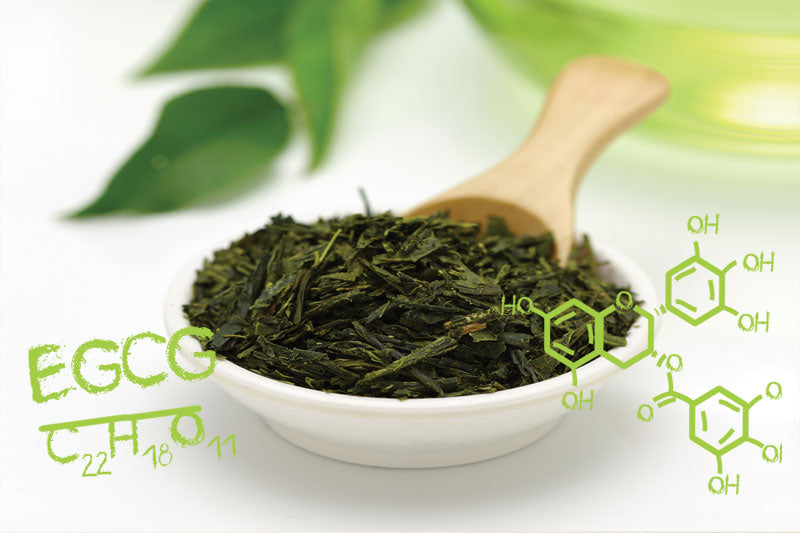
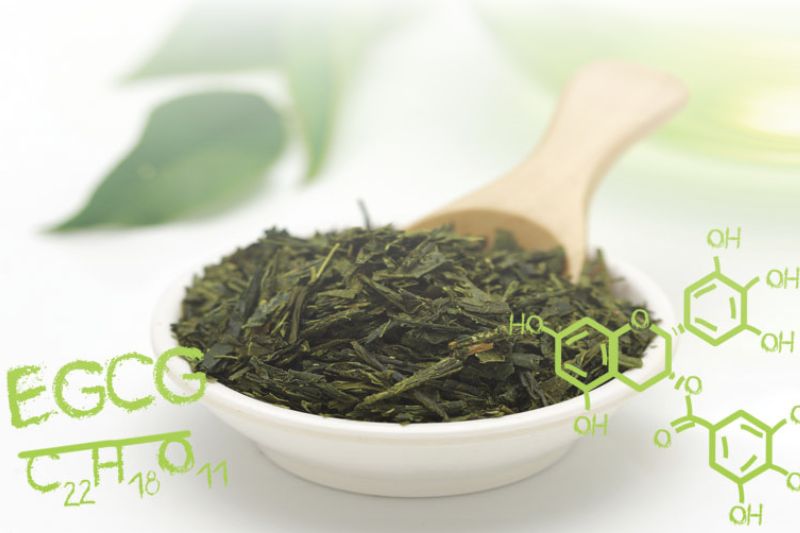
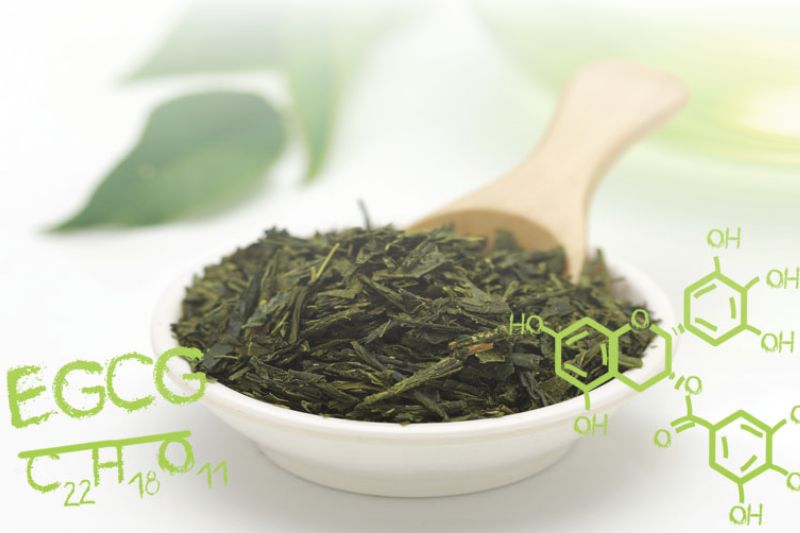
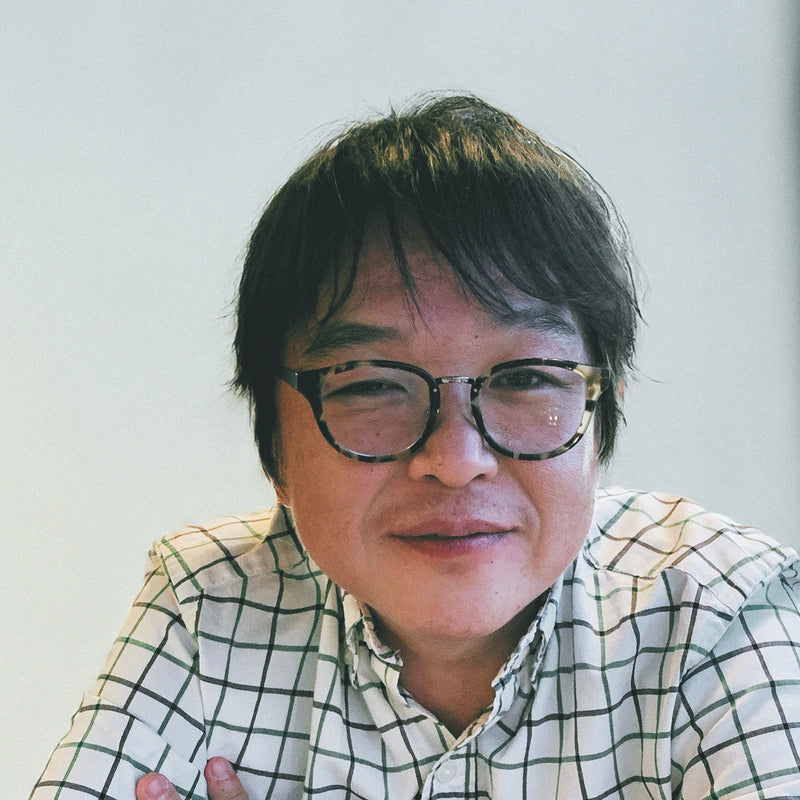

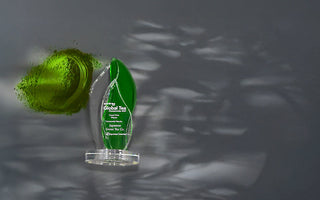

This is a very thorough and informative article. It makes me want to learn about all your teas and order from you. Thank you.